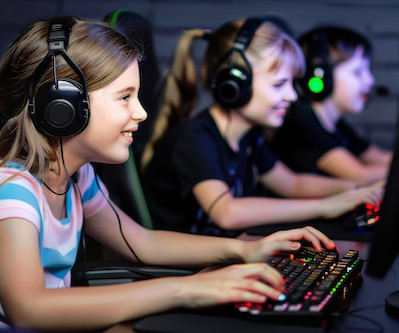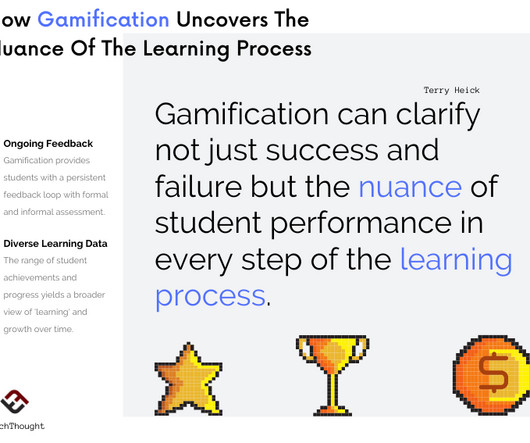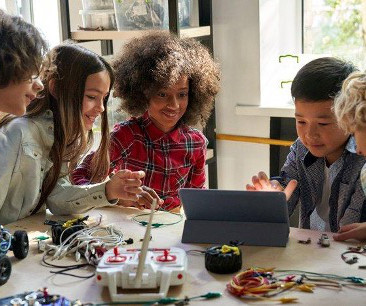5 reasons why game design is the best way to teach STEAM skills
eSchool News
JUNE 27, 2025
That’s where game-based learning comes in. Meanwhile, video games are already one of the most familiar and compelling forms of media for students–so why not use them as a learning platform? These benefits translate well to STEAM contexts, where critical thinking, teamwork, and creativity are essential.















Let's personalize your content